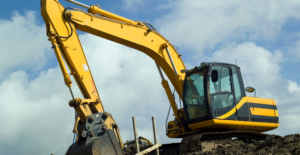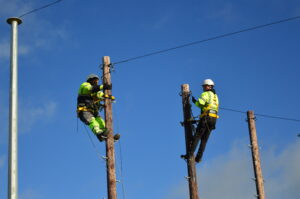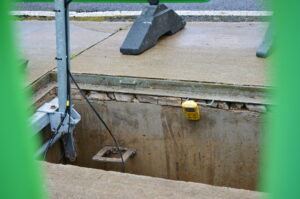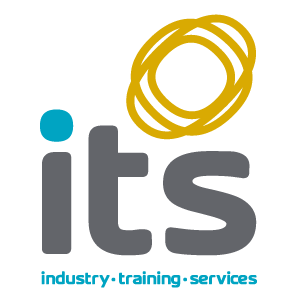What are confined spaces?

People often have a misconception that confined spaces are very tiny and fully enclosed spaces. A confined space is defined as ‘a place which is substantially enclosed (though not always entirely).’ They can present numerous issues to people who work within them.
Common hazards include dangerous gases and toxic substances, including the risk of lack of oxygen in the confined space. Many incidents occur annually due to accidents in confined spaces; therefore, awareness and practical training is essential.
Examples of confined spaces include:
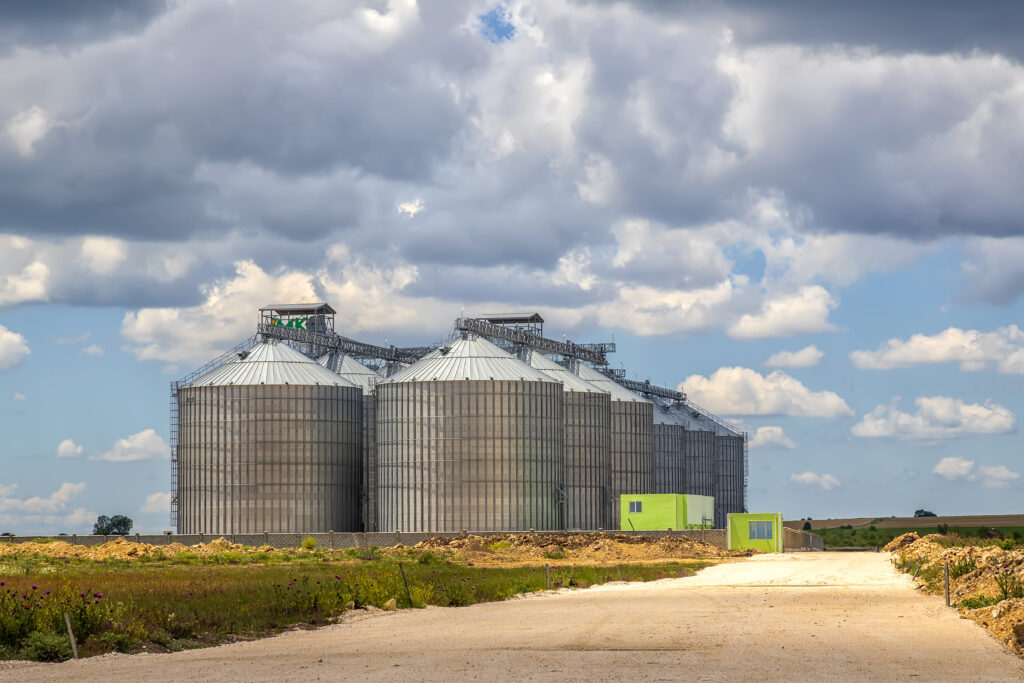
Silo
A silo is a structure for storing bulk materials. This is primarily for bulk feeds for animals farms can often have a lot of confined spaces examples.
Silo gases are dangerous in a confined space as they can form nitrogen dioxide. This is harmful due to the severe irritation to the nose and throat, so proper training is needed to prevent serious injury.
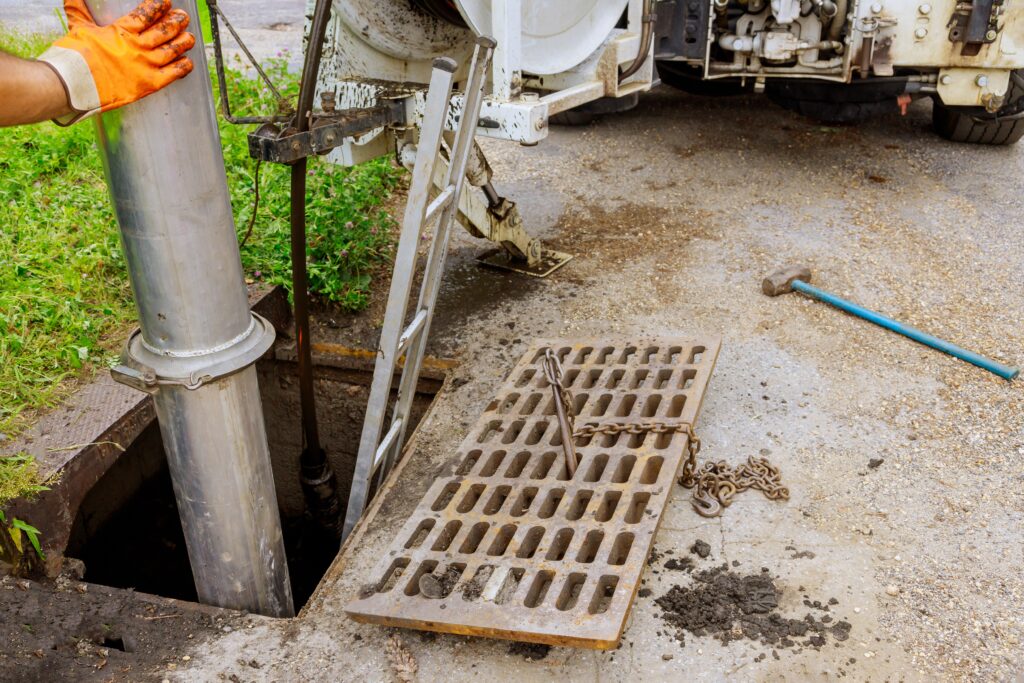
Drainage Systems
These systems can present many dangers, such as raw sewage containing many harmful micro-organisms, including bacteria, viruses, and parasites.
Poisonous gases and fumes can build up in sewers and in manholes in pits connected to the system which can cause fatalities.
Since these environments can be extremely dangerous, all persons entering need to understand how to use equipment and tools such as breathing apparatus as being overcome by fumes is a potential hazard that can lead to fatalities.
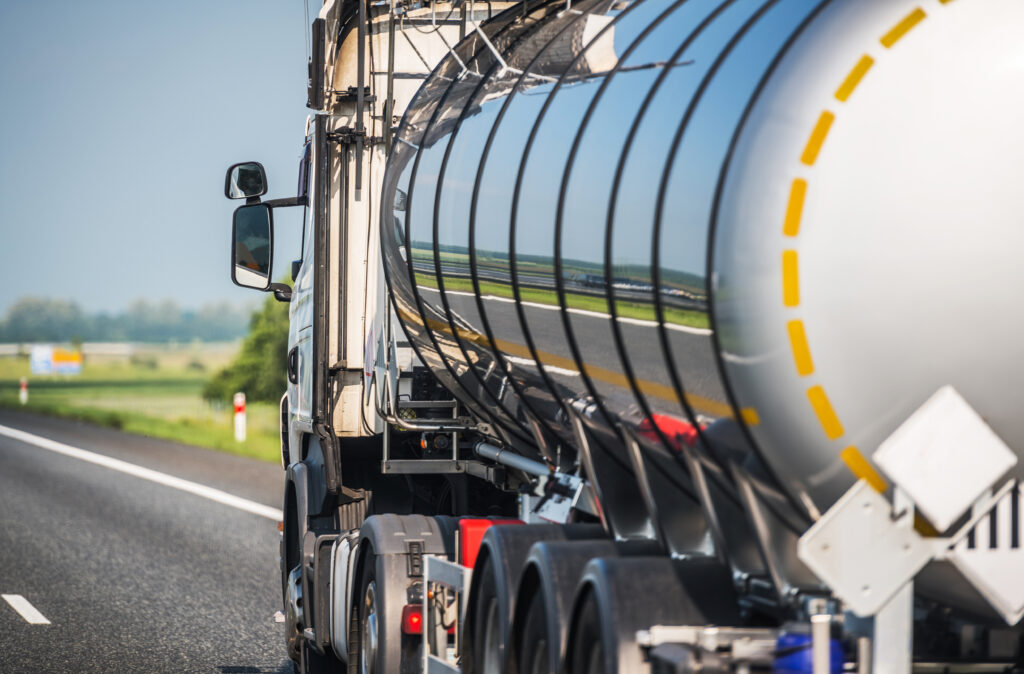
Road Tankers
Tankers, including dairy and fuel tanks, are classified as a confined space. When cleaning and inspecting tankers, if an employee’s head breaks the plane of the manhole cover then entry into confined space procedures must be followed.
Metal oxidising over time could react with the components stored in the tanker and release harmful gases or deplete oxygen levels, making vigilance of the utmost importance for safety.
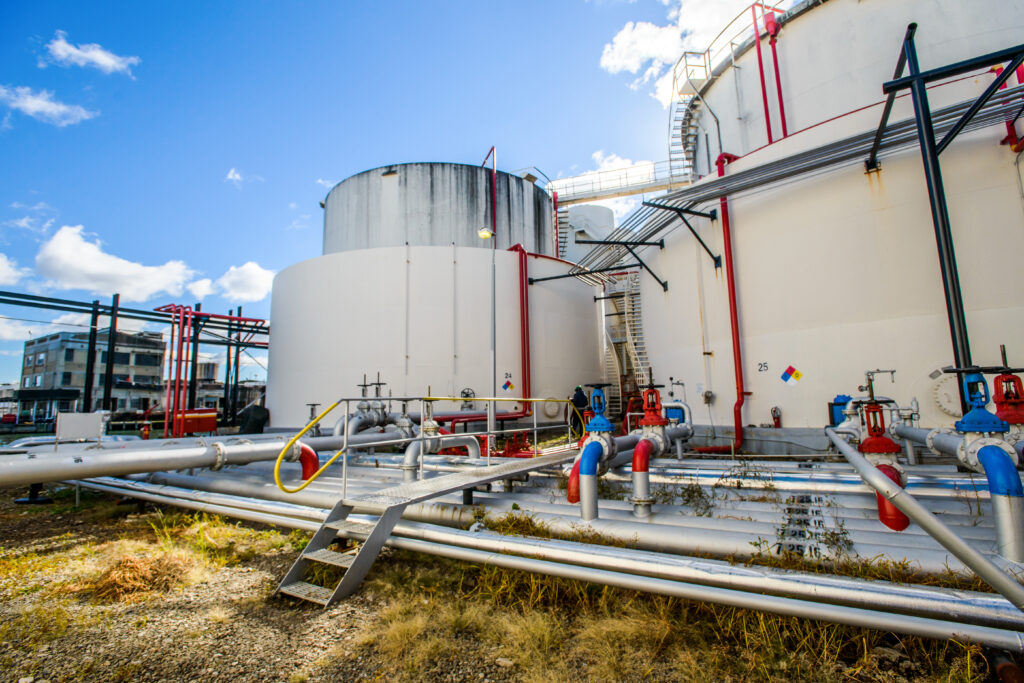
Storage Tanks
Containers used to hold liquids and gases can not only emit dangerous fumes but if rusted can also react and decrease the levels of oxygen in the air making it hard to breathe or even cause loss of consciousness.
Learning how to handle a situation like this is vital to preventing accidents in the workplace.
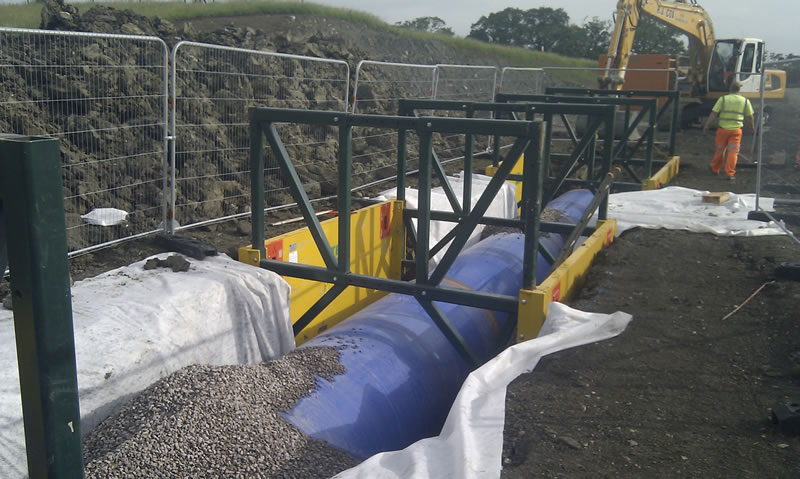
Deep Trenches
Poisonous gas, fumes or vapour can leak into trenches and pits in contaminated land and cause irritation and harm depending on what type of gas the person has been exposed to.
Confined spaces in construction are a common occurrence and training means the person is aware of the space that they are entering and is prepared to assess the risk.
What can you do to protect yourself?
A confined space does not give room to make mistakes. Safety procedures should not be trial and error, they remain one of the most dangerous workplaces for employees to enter. Whilst working in confined spaces should not be discouraged, they should only be entered when essential.
The HSENI & HSA recommend that you assess the risks of a confined space and create a safe system of work. These risks vary depending on your line of work, but can include;
- Fumes: confined spaces often have noxious fumes, you should consider how these fumes can be ventilated from the space, or how they can be removed completely to avoid such a hazard.
- Liquids/Gases: Risk assessments are essential when dealing with confined spaces, as they will identify valves that are present and therefore could pose a risk of liquids or gases flooding in. These valves could then be locked shut if necessary.
- Oxygen: oxygen deficiency is the leading cause of death in confined spaces. It is necessary to plan the length of time that you will be in the confined space with your oxygen levels, and plan for unexpected changes in the atmosphere. If a person is going into a space without sufficient levels of oxygen, they must be provided with breathing apparatus or ensure proper ventilation of the space to increase the levels of oxygen in the air before entry.
View Some Of Our Upcoming Confined Space Courses
ITS Confined Spaces Training Courses
- CS for Managers
- CS Safe Entry and Full Breathing Apparatus (2 Days High Risk ITS Certified)
- CS Safe Entry, Escape Breathing Apparatus and Self Rescue (1 Day Medium Risk ITS Certified)
- CABWI Level 2 Award Working in Low Risk CS (1 Day)
- CABWI Level 2 Award Medium Risk CS (2 Days)
- CABWI Level 2 Award High Risk CS (3 Days)
- CABWI Level 3 Award Emergency Rescue and Recovery of Casualties from CS
- Bespoke Training Programmes
For more information visit https://www.industrytrainingservices.com/courses/confined-spaces/ or get in touch with us on 028 3839 8700 NI or 01 891 6105 ROI
Further Reading
https://www.labour.gov.hk/eng/public/os/D/Manhole.pdf
https://www.legislation.gov.uk/nisr/1999/13/contents/made
https://www.hseni.gov.uk/publications/safe-work-confined-spaces-ni-acop
https://www.hse.gov.uk/pubns/indg258.pdf
https://www.hse.gov.uk/pubns/ais26.pdf

